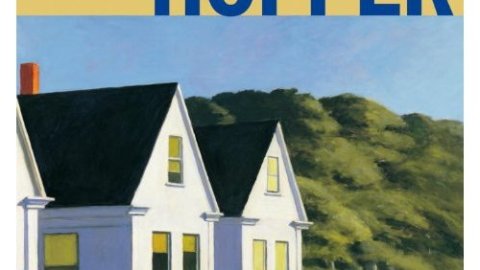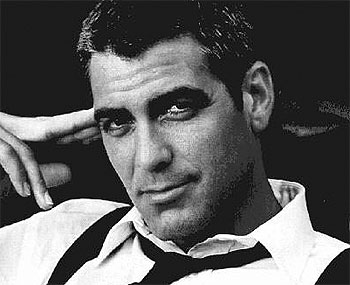Foreign Report: A New, Italian Take on Edward Hopper

Leave it to an Italian art publisher to do an American artist right. Skira’s Edward Hopper, distributed in the United States by Rizzoli, may be the finest single volume visually and critically on the elusive yet irresistible 20th century artist. The familiar paintings are all there, but explorations into Hopper’s drawings, his subtle eroticism, his European influences, and even his influence on filmmaking add a whole new dimension, giving us the fullest picture of Hopper possible, all in one of the most beautiful publishing packages imaginable.
Hopper expert Carol Troyen stands as the sole representative contributor to the book from Hopper’s homeland that editor Carter E. Foster selects. As this book was developed in concert with the first ever retrospective of Hopper’s work in Italy (the show is now at the Fondation de l’Hermitage, Lausanne in Switzerland until October 17, 2010), Foster rounded out the Hopper coverage with a variety of Italian critics who bring fresh eyes to the subject. Troyen will always be remembered for her efforts in organizing the Edward Hopper exhibition that graced the National Gallery of Art and other American venues. I couldn’t imagine in 2008 anyone outdoing the lineup Troyen gathered together for that exhibition catalogue, but I have to give the nod to this new venture. The 2008 catalogue did yeoman work in reestablishing Hopper’s European roots and, consequently, his modernism, but this new work goes beyond even those huge first steps.
Many of the paintings are supported by preparatory drawings done by Hopper. As Foster writes in his catalogue essay, “Through [Hopper’s] drawings, we can see how he tinkered endlessly in order to get… [at] abstract and atmospheric evocations of time, place, and memory.” The “trick” of Hopper’s art always seems to be how it sprung whole from his imagination, as if the preternatural assuredness of his painting never knew the doubting and questioning of any process. In seeing the preparatory drawings, we see Hopper experiment with ideas and images before reaching his goal. The magician’s trick is revealed, but the magic is just as amazing afterwards.
Demetrio Paparoni attempts to unravel the many layers of Hopper’s eroticism in his essay. “[F]or Hopper eroticism was linked to the distance that the woman was able to put between herself and the man, creating a relationship of psychological dependence,” Paparoni believes. “It was this psychological dependence which created the tension that was the mainspring of desire.” The subtlety of Hopper’s eroticism—rooted in furtive glances—slips through the grasp of most critics, but Paparoni mines the drawings as well to find new clues to the sexuality of Hopper’s art. In situating the erotic Hopper between artists of the past such as Titian and artists of the near past and present in Balthus and Eric Fischl, Paparoni guides the reader to a greater understanding of a vital theme in Hopper’s work.
Perhaps the most eye-opening essay in the collection is Goffredo Fofi’s “Hopper and the Movies.” All Hopper fans know the connection between the master’s work and Alfred Hitchcock’s films, but Fofi connects Hopper with everything from the American noir of Howard Hawks to the art house directors Italian Michelangelo Antonioni and German Wim Wenders. Whether paralleling Hopper as part of the same zeitgeist or intentionally citing the artist to comment on America through him, directors, Fofi argues, have continually made use of the unforgettable imagery of Hopper.
This volume gives the fullest picture of Hopper I can imagine. The book opens with monumental photos of the man himself, taken when his reputation had solidified and the myth was taking form. It’s fitting that the book begins with these mythic images before tearing down the myth and giving us the man and the artist in revealing detail. Perhaps it took foreign eyes to show Americans exactly how important and continuingly relevant Hopper remains.
[Many thanks to Rizzoli USA for providing me with a review copy of Edward Hopper.]





